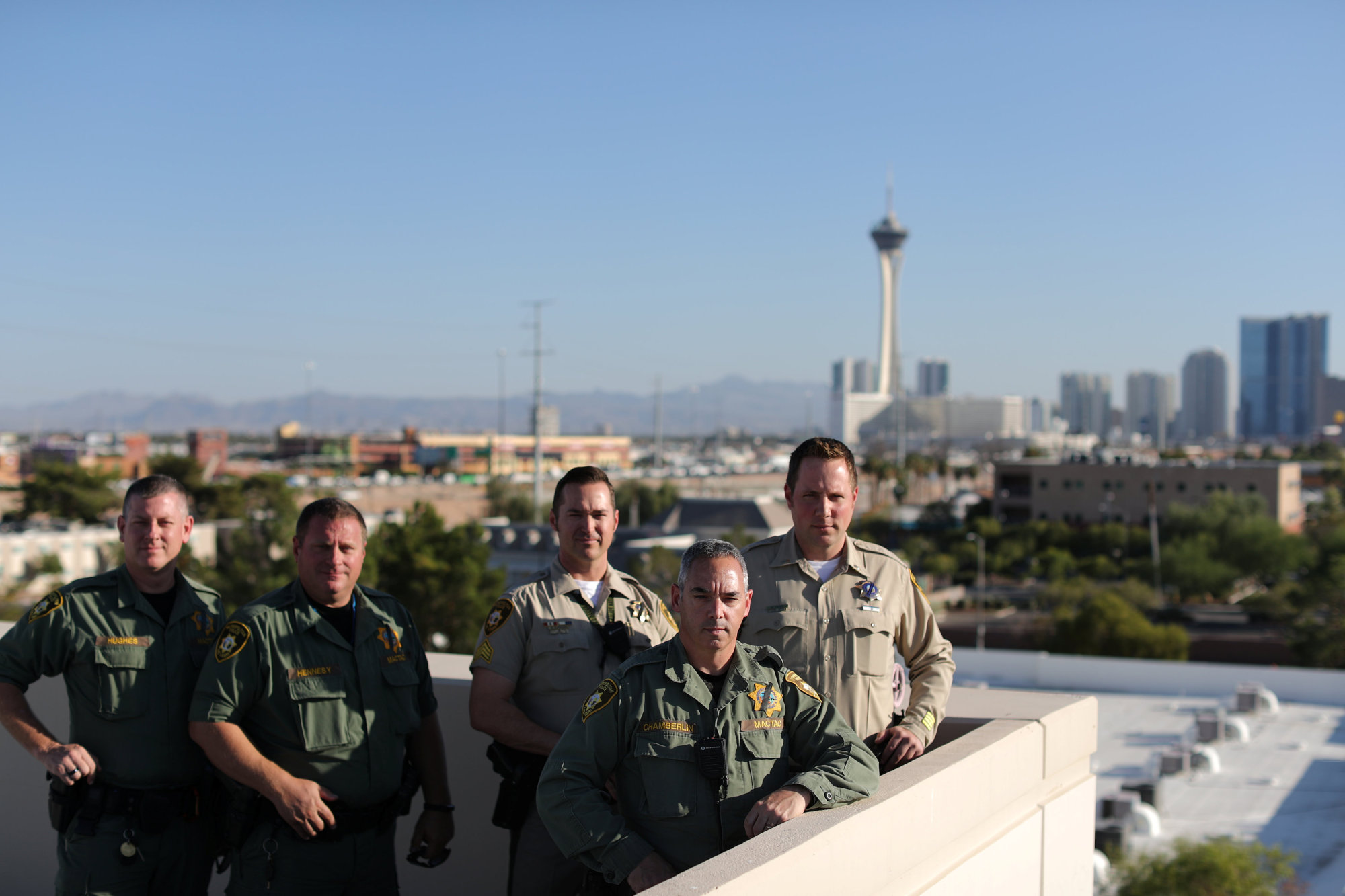Las Vegas had spent years planning for the worst: training its police force according to an anti-terrorism protocol it adopted in 2009 to respond to mass shootings, chemical attacks, suicide bombings and planes flying into buildings, according to city officials and security professionals.
But when it came to Sunday night's attack that killed 58 people and wounded hundreds more at an open-air concert in the city, police found themselves with few options to stop the gunman quickly, they said. It underscored the difficulty American cities face in protecting citizens from attacks that can take unpredictable forms.
Firing from the 32nd floor of a hotel near the city's world famous neon-lit Strip, at night, at a range of 500 yards with an arsenal of high-velocity semi-automatic weapons modified to shoot rapidly, gunman Stephen Paddock had pulled the city into a nightmare that left him virtually unopposed for crucial minutes, with police unable to safely return fire.


















With your current subscription plan you can comment on stories. However, before writing your first comment, please create a display name in the Profile section of your subscriber account page.